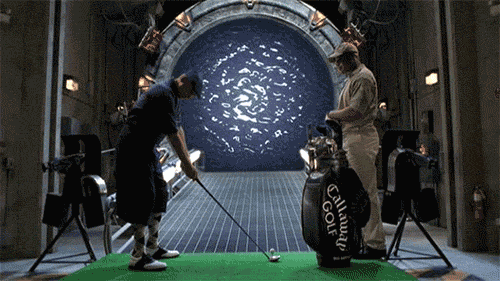OK, this could get the instantaneous current up to twice the current draw of a single device. The average should still be only be equal to a single device, since they're both off or close to it for half the cycle.
And had I bothered to read the rest of the thread, I would have already known that's already been accounted for.
Why would only the "instantaneous" current level go up? These single ended tests were conducted under CW carrier conditions. Whatever the instantaneous current is for one device during the half cycle would double with two over the same duty cycle. The "on time" has not been reduced by adding a second device but current and power dissipation have doubled. If the current path through one device can support 30 amps, two in phase and fed with enough drive for two, could support double the average current.
Further proof of this is the single ended test circuit for the Toshiba 2SC2879 produces nearly identical specifications as all the HF rigs that used a pair of them in push-pull. The main exception is the test circuit is narrow band and resonant while the HF rigs are broadband. One can do the work of two in push-pull and it's not on twice as long or drawing the current of two. The funny comment made about "free watts" is almost true once you understand the flywheel effect is in place here.
Last edited:



